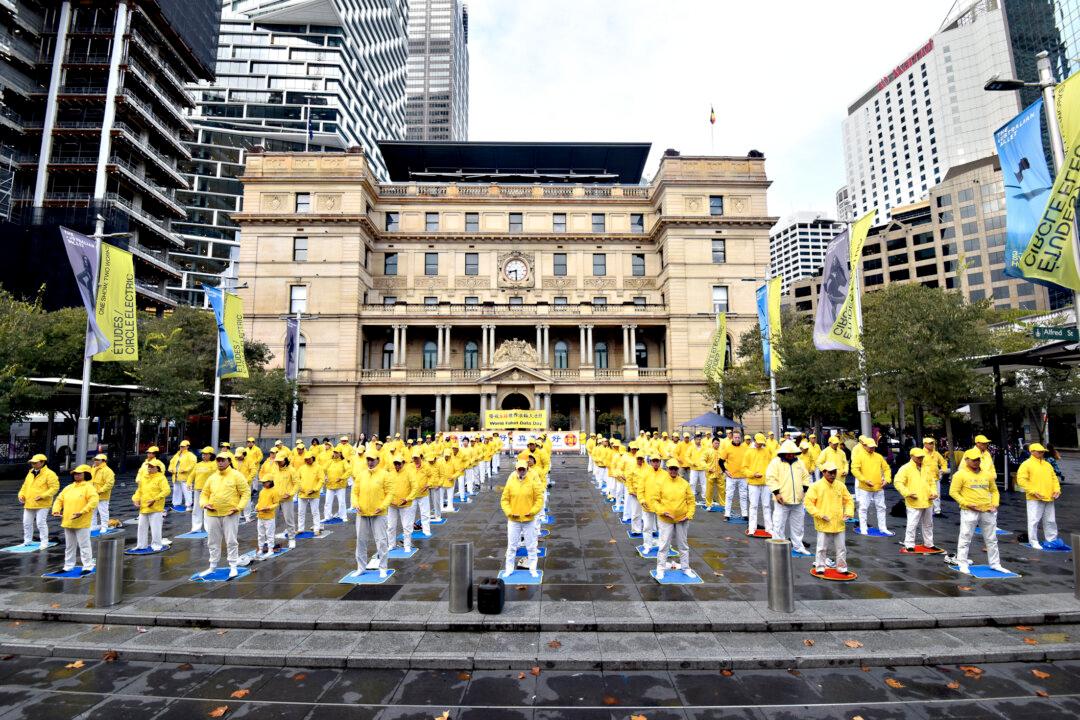The latest Consumer Price Index (CPI ) figures released on April 29 shows a headline rise of 0.3 percent for the March quarter, reflecting the impact of drought and bushfires on some food prices as well as the early effects of the CCP virus, according to Australian Bureau of Statistics (ABS).
The most significant price rises in the March quarter were for food and non-alcoholic beverages (+1.9 percent), alcohol and tobacco (+1.6 percent), education (+2.6 percent), and health (+1.7 percent).





